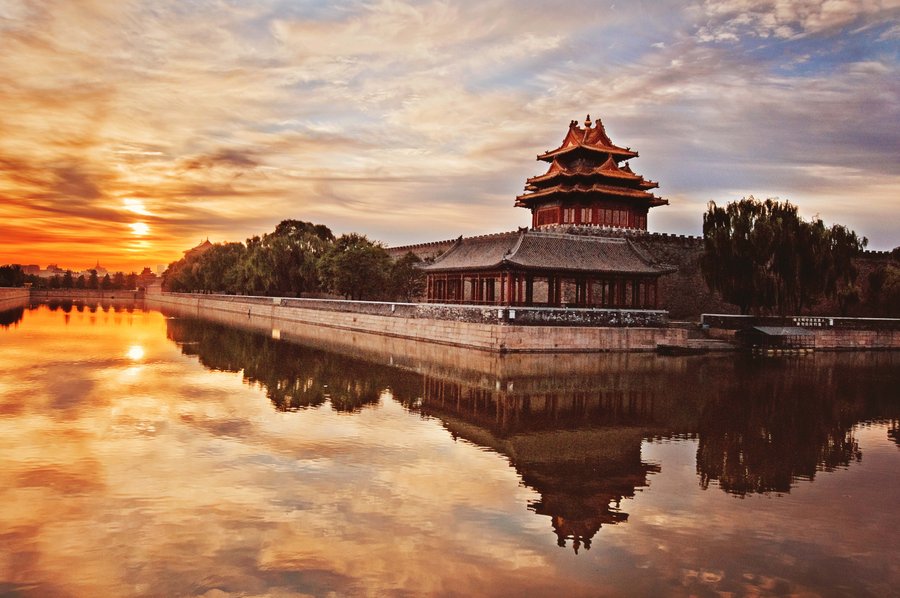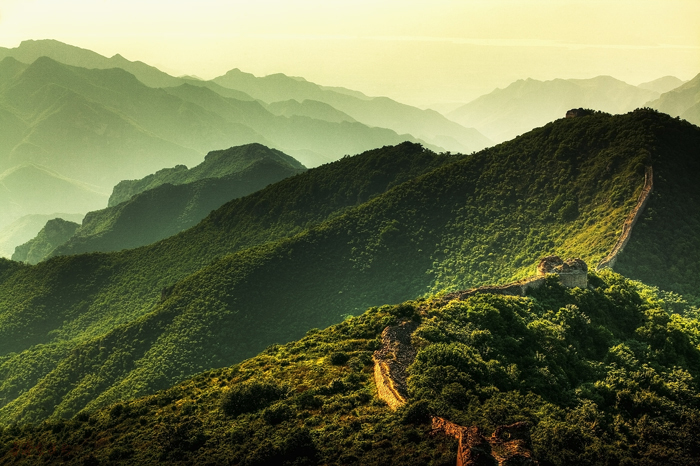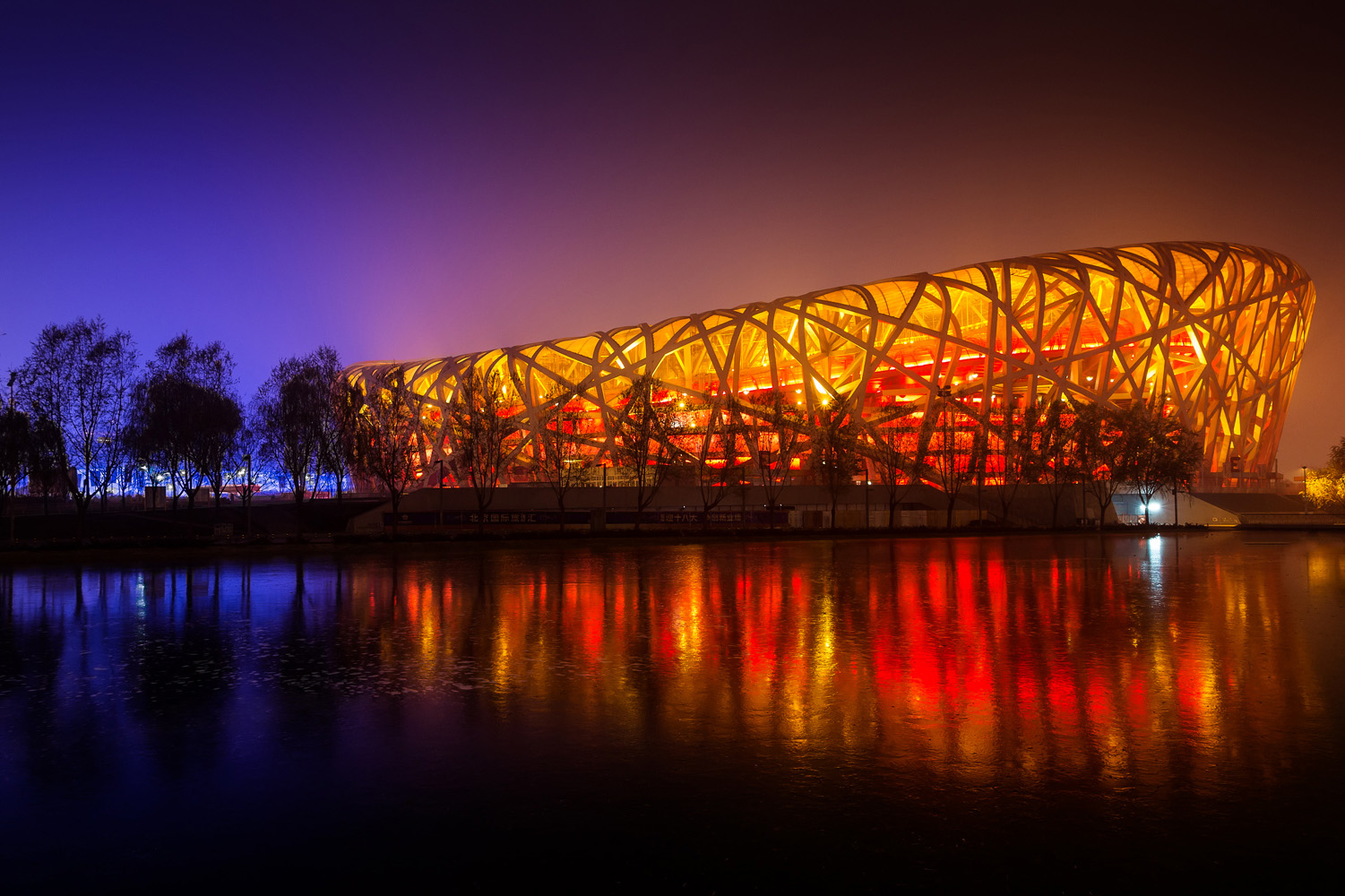Beijing




Intro
Being capital of the People's Republic of China, Beijing is the nation's political, economic, and cultural center. Located in north China, close to the port city of Tianjin and partially surrounded by Hebei Province, it also serves as the most important transportation hub and port of entry. As one of the six ancient cities in China, Beijing has been the heart and soul of politics throughout its long history and consequently there is an unparalleled wealth of discovery to delight and intrigue travelers as they explore the city's ancient past and exciting modern development. Now it has become one of the most popular travel destinations in the world, with about 140 million Chinese tourists and 4.4 million international visitors in a year.
History
Beijing is one of the four ancient cities of China (together with Xian, Luoyang, Nanjing), the best preserved, and famous around the world. The city is also known as a cradle of humanity. As early as 700,000 years ago, Peking Man lived in Zhoukoudian area of this city. Beijing City was established over 3,000 years ago and was called Jin City in the Western Zhou Dynasty (11th century BC - 771 BC). Ever since Emperor Qin united China in 221 BC, Beijing has played an important role in north China. It was the capital city in the Liao (916-1125), Jin (1115-1234), Yuan (1271-1368), Ming (1368-1644) and Qing (1644-1911) dynasties. During these 800 years, 34 emperors lived and ruled here. The world renowned Forbidden City was built during this period. At the end of the Qing Dynasty, World War I broke out. Beijing became the focus of the war, which disrupted the society. Many residences of royal families were robbed and burned down. After that, the whole country was reduced to the status of semi-colonial and semi-feudal society. It wasn't until October 1st 1949 that the People's Republic of China was founded. Beijing is known as the capital city of the prosperous new country which has flared into importance in Asia.